Not only fish is delicious, it’s among the healthiest foods on the planet. As a great source of omega-3 fats and vitamin D, fish often has the throne on our plate.
On the other side, however, fish can be a real threat to our health: a matter of life and death. Ask yourself some questions of great importance: where does all the food we eat actually come from? What does it contain? (1)
Here are 15 types of fish you should never eat and what to eat instead:
1. AMERICAN EEL
Served in sushi, this type of fish is on the “avoid list” because it is poisonous: it contains a high level of mercury (a heavy metal) and PCBs (chemicals).
An eel is also called unagi on many sushi menus. It matures slowly and it is being overfished putting it in danger of collapse.
The great desire for this type of fish leads to even Asian countries to look for American eels that are in great danger because it can go extinct. Sadly, if it disappears, it will lead to a disaster since eels are very important for protecting our water supplies. For instance, in Delaware River, eels are a vital part of spreading the mussel populations who serve as natural filters of water.
Apart from overfishing problems, eels store and absorb contaminants such as endocrine disruptors like flame retardants and PCBs. They can be very contaminated, so an adult person is being advised to eat no more than one eel per year.
What to eat instead: Squid-Atlantic or Pacific caught. 2. CAVIAR
2. CAVIAR
A mysterious luxury. Some people love it and it’s expensive.
However, we are advised to stay away from beluga sturgeon’s eggs, aka caviar because according to Oceana, this type of fish that produces the beloved and overpriced caviar is in great danger.
Namely, beluga sturgeon fish is completely gone from many rivers and seas where it used to live and scientists from all over the world fear that it may go extinct. So, if we keep eating it instead of protecting it, it may be gone forever.
If, however, you cannot imagine your life without caviar, try consuming the more sustainable and healthier alternative – caviar that comes from blue sturgeon raised in recirculating aquaculture systems in America. When the beluga sturgeon is farmed in closed tanks there is less waste, escapes, and diseases.
What to eat instead: Salmon caviar 3. TILAPIA
3. TILAPIA
Tilapia is a farmed fish and eating it leads to highly inflammatory diets thus being even worse than bacon. Still, Tilapia is one of the most consumed fish in America.
Low omega-3 combined with high omega-6 levels is dangerous for people struggling with asthma, heart disease, arthritis, and other autoimmune and allergic disease symptoms that are vulnerable to inflammation. The inflammation that this fish causes can damage your blood vessels, your heart, skin, lung and joint tissues, and your digestive tract.
Moreover, researchers from Wake Forest found that farmed catfish, as well as farm-raised tilapia, contain a fatty acid that is considered detrimental by the scientific community, more detrimental than doughnuts, hamburgers, and even pork bacon.
What to eat instead: Rougheye Rockfish 4. SHARK
4. SHARK
Sharks are often found on lists of fish you shouldn’t eat for several reasons.
First, sharks stand high on the food chain because they are considered to be the kings of the sea. Being higher on the food chain translates in having higher mercury levels in them. You should stay away from foods that contain mercury because they are toxic. 
What to eat instead: Atlantic Mackerel and Pacific Halibut.
 5. IMPORTED CATFISH
5. IMPORTED CATFISH
Most of it is imported from Vietnam and were poisoned with antibiotics that are banned in the U.S.
However, not many people know that what they are getting is a fish named pangasius. This type of fish goes for $2 a pound and it is considered as one, if not the filthiest fish.
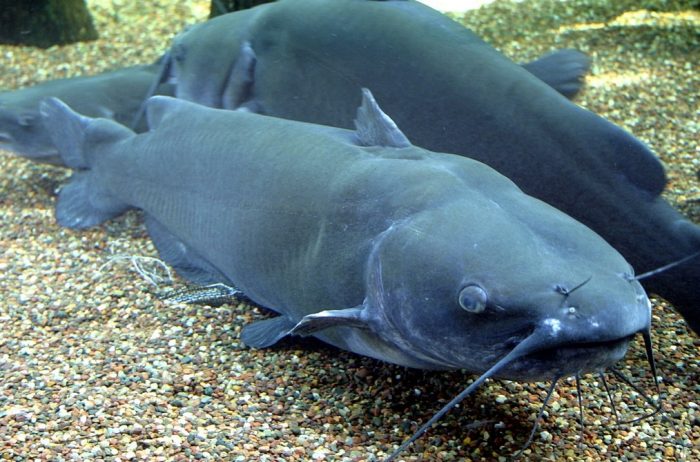
Aside from its destructive factor in wetlands and river life, they swim in sludge and waste and are also treated with disinfectants, pesticides, and a great range of antibiotics.
If a restaurant served you this biohazard under the guise of fancy fish and you got food poisoning, you could theoretically sue the restaurant into oblivion.
However, food poisoning cases are rarely worth the trouble, unless the cost of medical treatment and time off work have run into thousands of dollars. Contact a personal injury attorney at ASK LLP law firm when in doubt about a food poisoning compensation claim.
So, anytime you see striped catfish, basa, swai, or any kind of imported catfish on a restaurant menu – run. Because obviously, the restaurant is not taking seriously the sustainability and seafood safety.
What to eat instead: Asian Carp.
 6. ATLANTIC COD
6. ATLANTIC COD
Because of heavy fishing, this type of fish is on the list of endangered species.
Atlantic cod is a fish species discovered to be vital to feeding the early colonization of the Caribbean Sea. However, the heavy fishing over the last 1000 years made this fish extinct. Even though the female releases more than 100 million eggs, only a few can survive.
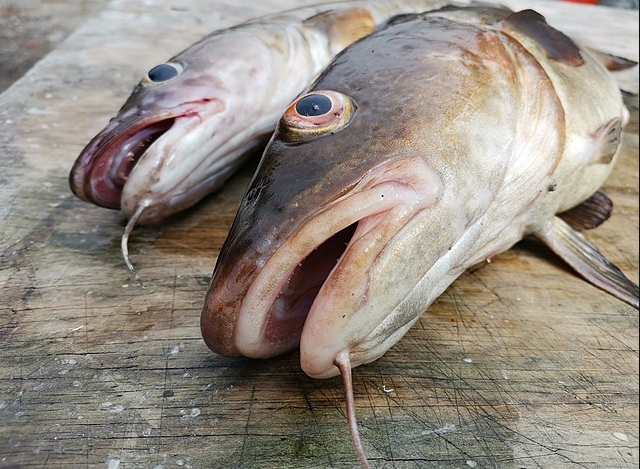
Sadly, poisoning from low-level mercury found in contaminated seafood may have disastrous effects, especially when it comes to a developing fetus. Also, mercury affects the heart of adults in a bad way, intensifying the risk of hypertension and heart attacks.
What to eat instead: Alaskan Cod.
 7. TUNA
7. TUNA
It’s best to be avoided because of mercury exposure.
Tuna is one of the most popular sushi ingredients. However, when it comes to it, it’s better to avoid it. Atlantic bluefin tuna is fish you should never eat due to various reasons.

Second, it is rich in mercury, so the best thing for you to do is avoid it at all costs.
It’s discovered that: “more than 80% of the tuna sold in the U.S. comes from unsustainable, destructive sources.”
What to eat instead: Tinned Sardines.
8. SWORDFISH
Like tuna, it contains high amounts of mercury. Therefore, pregnant women and children should not consume this type of fish. Men can eat it once in a month.

When it comes to swordfish, the main thing that forbids eating them is the elevated levels of mercury inside them. Mercury in swordfish is so high, that Environmental Defense Fund recommends children and women to avoid it altogether. As for men, they recommend eating just one serving per month.
What to eat instead: Trout.
 9. KING MACKEREL
9. KING MACKEREL
Because of high mercury and methyl mercury level, this is one of the types of fish that children and pregnant women should not consume.
Mackerel contains healthy omega-3 fatty acid. However, certain types of this kind of fish could be too much for you in the essence that they contain too much mercury.
The Food and Drug Administration is warning children and women to stay away from king mackerel because it has been discovered to contain elevated levels of mercury.
If you want to eat a healthy mackerel, try Atlantic mackerel. This type has high levels of omega-3s and is low in mercury; therefore it is highly preferred for its sustainability and healthiness.
What to eat instead: Atlantic Mackerel-low.
10. ORANGE ROUGHY
This fish can live more than 100 years and reproduces late in life. It contains high levels of mercury and is overfished.
Being one of the fish species that live the longest, orange roughy is said to live 150 years. It is also known as slimehead among scientists, but marketers decided to give it a fancy name and the result is a severely overfished species.
“The extremely long lifespan and the late age at maturity imply that a decimated population may take a half-century or longer before it can recover,” according to Oceana. Orange roughy doesn’t reach sexual maturity until they are 20-years-old and that makes them hard to recover.
Besides that, orange roughy is known to have high mercury levels.
What to eat instead: Alaskan Salmon
 11. IMPORTED KING CRAB
11. IMPORTED KING CRAB
Taking into consideration the fact that 70% of this type of fish in the U.S. is imported, you need to be aware of where it comes from.
Most of it comes from Russia where they are not protected. Russian crabs are misnamed as Alaskan to be sold.
Approximately 75% of king crab that is sold in America is imported from Russia and it is not protected or sustainable. Many red king crabs that come from Russia are caught under questionable practices and are said to come from Alaska since king crab legs can only be legally harvested in Alaska.
Therefore, be careful where king crab legs come from before you decide to eat them. If the label says “Alaskan” or “imported” there is something wrong there.
Ask whether it’s imported or comes from Alaska.
12. IMPORTED SHRIMP
“Imported farmed shrimp comes with a whole bevy of contaminants: antibiotics, residues from chemicals used to clean pens, filth like mouse hair, rat hair, and pieces of insects.” Also, Escherichia coli was detected there.
If you are wondering whether shrimp is good for you, the short answer is – NO. Why? Because researchers from Italy found that the food additive 4-hexylresorcinol which is used to stop the loss of color in shrimp, possesses estrogen-like effects and can increase breast cancer in women and decrease sperm count in men.
Moreover, almost all of the pesticides that are globally used in shrimp production are banned for us except for a diluted kind of formaldehyde (also called formalin) which is a potential carcinogen. Also, often, shrimp farm ponds are shocked with compounds of organotin to kill mollusks before getting them stocked with shrimp. However, these chemicals mimic estrogen and are being dubbed to be ‘obesogens’, meaning consuming them can lead to obesity because they tend to mess up the hormonal system in a person.
Yes, farmed shrimp is unsustainable and toxic, but honestly, “healthy” shrimp doesn’t exist. Even if you can harvest it naturally free of toxins, it is not safe to consume them because they are naturally bottom feeders.
What to eat instead: Domestic Shrimp.
13. CHILEAN SEA BASS
Popular at restaurants and weddings. Contaminated with elevated levels of mercury, this type of fish has a slow development and is not considered to be eco-friendly. Most of them are caught illegally.
However, it is contaminated with elevated levels of mercury which makes it dangerous for consumption. Plus, this type of fish has a slow development and is not considered to be eco-friendly.
Most of them are caught illegally and because of overfishing, Chilean seabass is now in danger of extinction. Finally, the Environmental Defense Fund advises us to be careful with this fish due to its tendency to be problematic because it accounts for almost 20% of U.S. imports and it is plagued by by-catch problems and poor management.
What to eat instead: Alaskan Sablefish.
14. GROUPER
It’s recommended for men and women to eat 2 servings of this type of fish per month. Children should eat only one as it contains an elevated level of mercury.
Also, except red and black grouper from the U.S. Gulf of Mexico, they’re overfished.
Grouper is a type of fish that is always found on the list of food you should never eat because of its very high mercury levels.
Grouper is also being often targeted at seafood fraud. One 2015 investigation discovered that more than a third of 19 Atlanta restaurants were selling pangasius (the filthy Vietnamese catfish) as grouper. The tests also showed that the “grouper” that was being sold is actually whitefin weakfish or king mackerel that are cheaper alternatives.
Finally, this kind of fish is extremely vulnerable to overfishing and therefore it is advised to not consume it and take a pass whenever they see it listed on a menu.
What to eat instead: Farmed Barramundi.
15. FARMED SALMON
Raised in bad conditions. High level of chemicals. Treated with banned pesticides.
The level of Omega-3 fats is lower than before.
If there is one fish that you should stay away from and never eat it, it is salmon. Sadly, Americans consume a lot of it, and often the unhealthiest kind. Namely, eating farmed fish is dangerous, especially eating farmed salmon because most salmon that is labeled as “Atlantic” salmon is farmed. That means that fish are raised in horrible conditions and are contaminated with feces, pesticides, parasites, and bacteria.
Moreover, wild Atlantic salmon is listed as endangered and it is illegal to fish it because there is more than 75% chance that it will be extinct by 2100. Therefore, farmed salmon aquaculture may be the main reason why species can’t be saved, along with other problems like water extraction, water pollution, and climate change.
HEALTHIER AND SAFER FISH OPTIONS
PACIFIC SARDINES: They are one of the richest sources of omega-3 fatty acid in the world. This fish is lower on the food chain and therefore, its contaminate levels are low.
ATLANTIC MACKEREL: This is also a type of fish that is very high in healthy omega-3 fatty acids. However, soak it in water and rinse it good before consuming it in order to reduce the levels of sodium because it is often preserved in tons of salt.
WILD-CAUGHT ALASKAN SALMON: This kind of salmon protects your brain, eyes, skin, bones and more because it is one of the highest sources of omega-3s.

Sandy White is a creative writer with a vivid imagination. The power of curiosity leads her to explore people’s inner world which is portrayed in her articles.

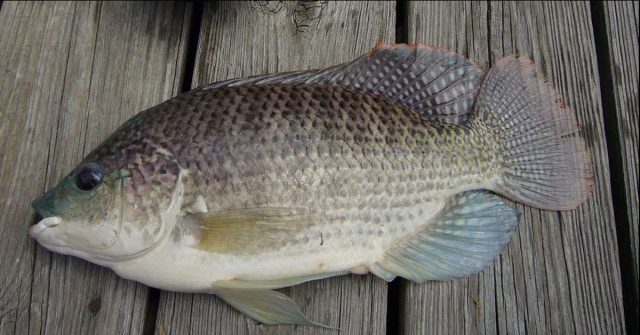
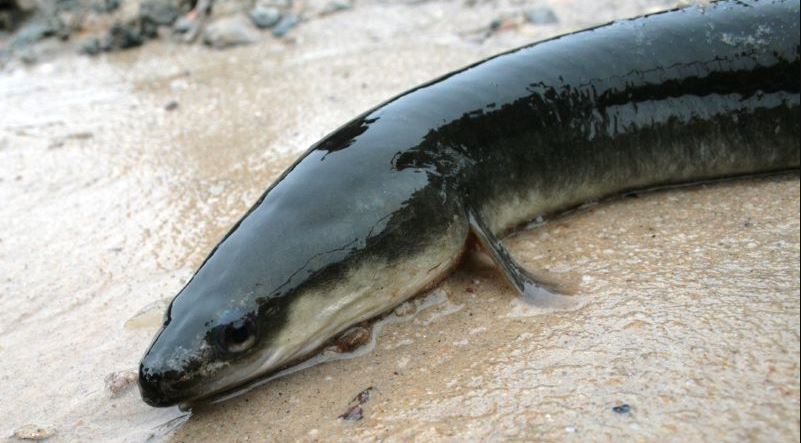
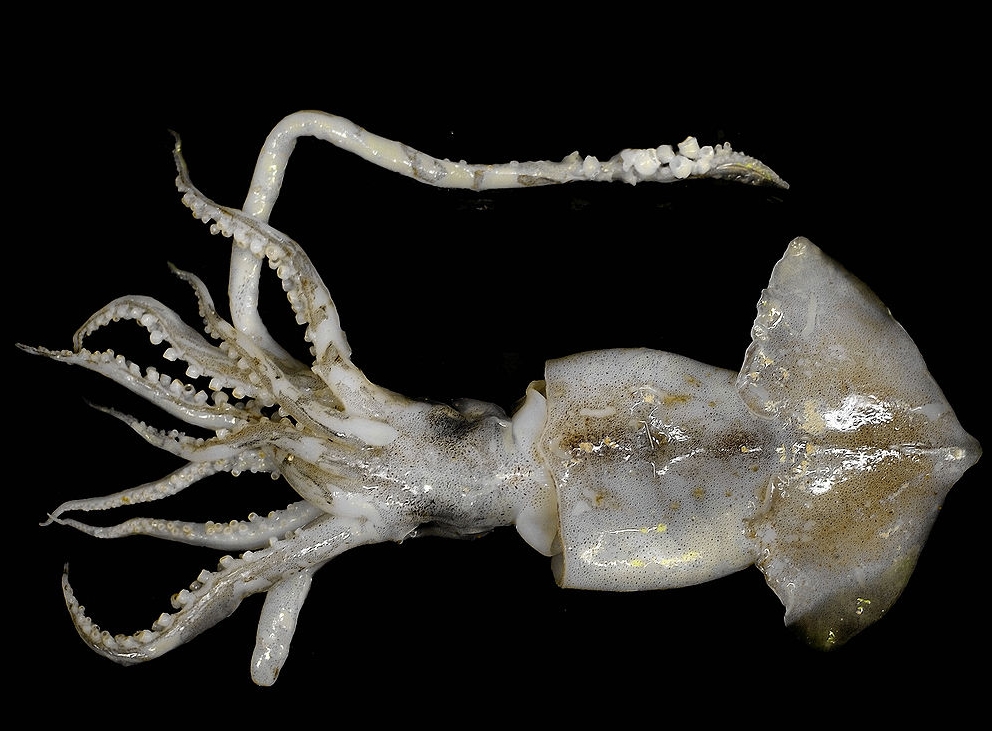 2. CAVIAR
2. CAVIAR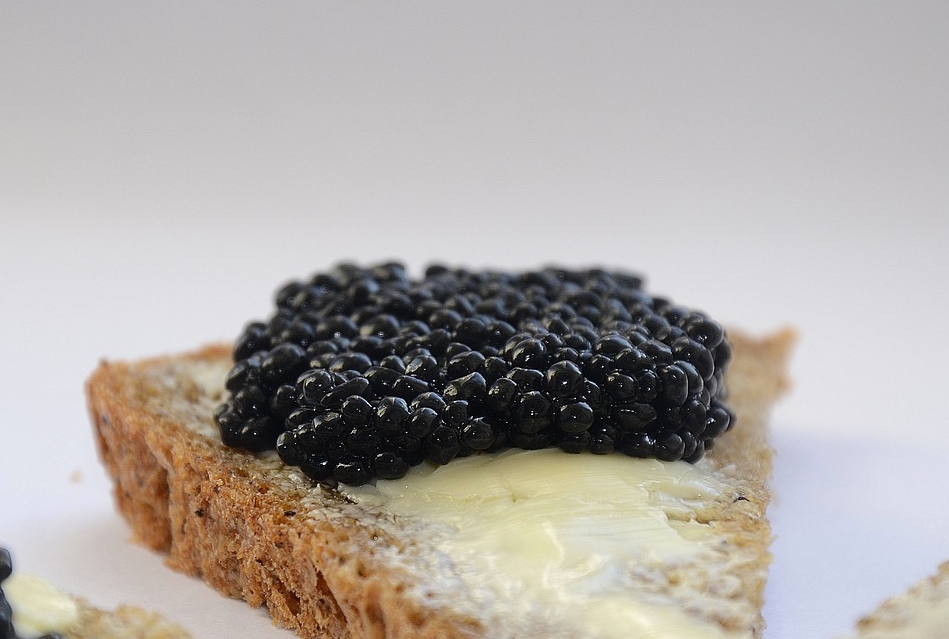
 3. TILAPIA
3. TILAPIA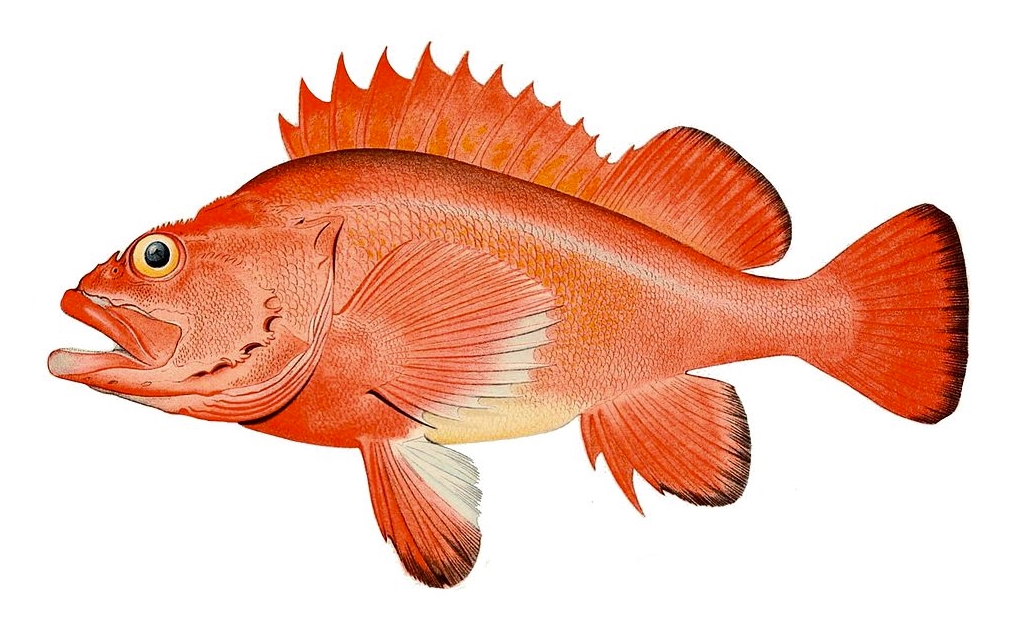 4. SHARK
4. SHARK 5. IMPORTED CATFISH
5. IMPORTED CATFISH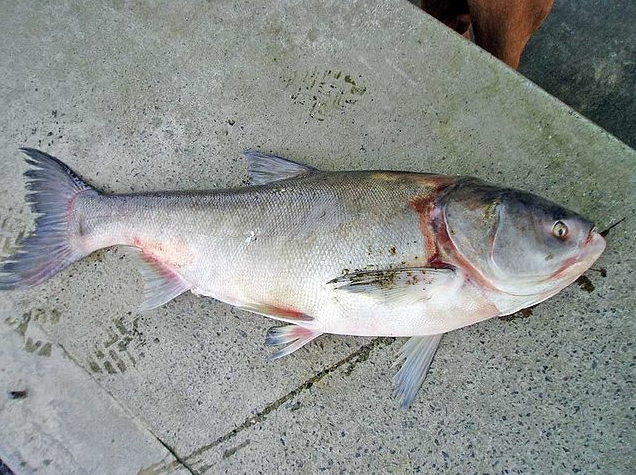 6. ATLANTIC COD
6. ATLANTIC COD 7. TUNA
7. TUNA
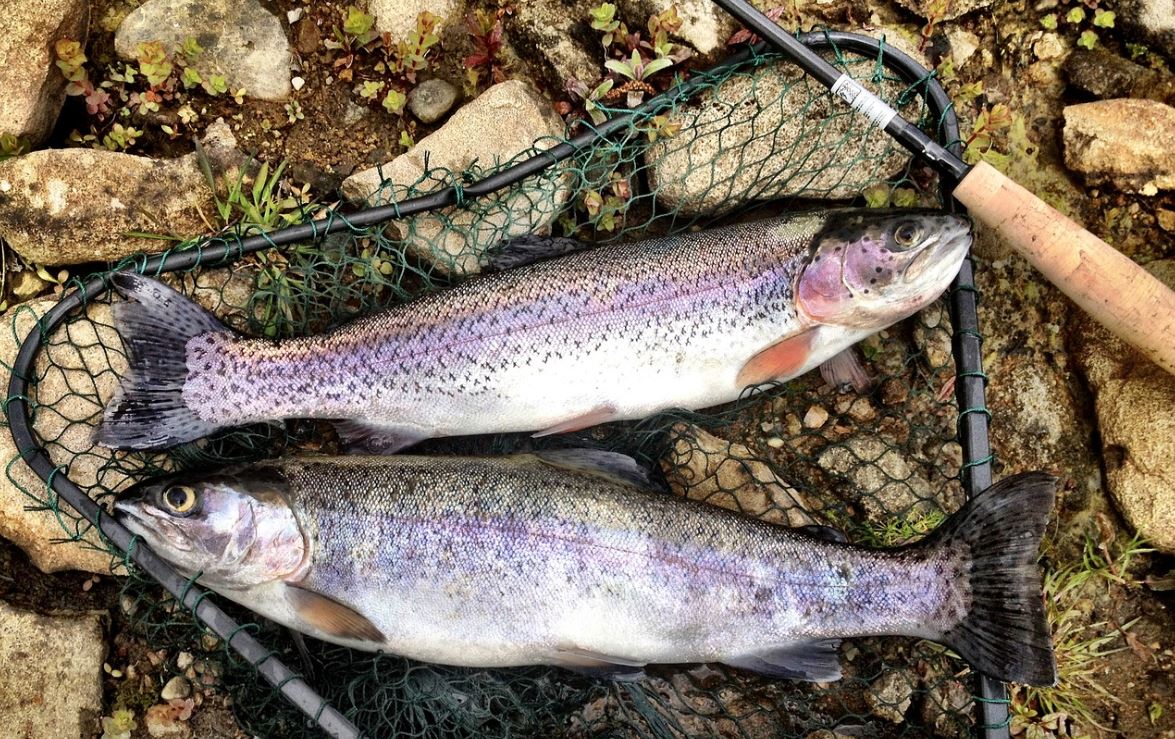 9. KING MACKEREL
9. KING MACKEREL
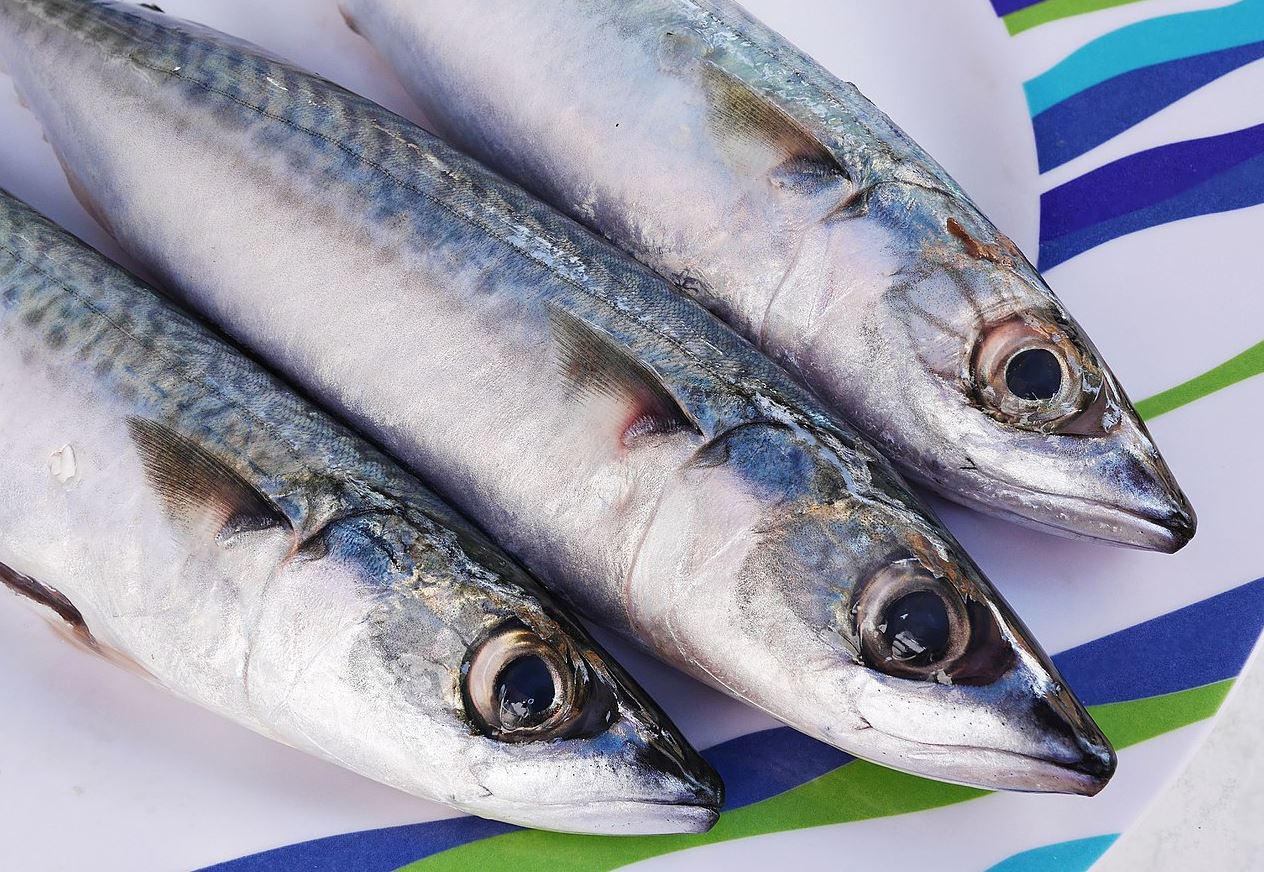

 11. IMPORTED KING CRAB
11. IMPORTED KING CRAB

